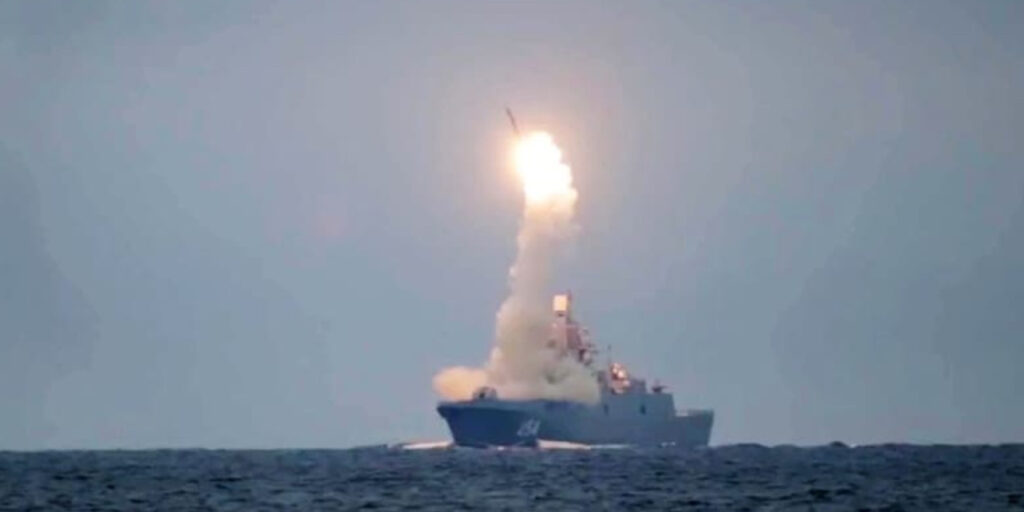A classified military simulation has revealed vulnerabilities in the United Kingdom’s missile defence systems after Russian missiles successfully breached defences during a realistic attack scenario.
The exercise, conducted by the Royal Air Force (RAF) in 2022, recreated the first day of Russia’s full-scale invasion of Ukraine — but redirected the attack against the UK.
The Times reported that some missiles managed to penetrate British air defences during the simulation, raising concerns about the nation’s readiness. The exercise used the highly realistic Gladiator simulation platform, operated jointly by British and American forces.
Changing Assumptions About UK Security
Commodore Blythe Crawford, who led the RAF’s Air and Space Warfare Centre until recently, admitted the military had long believed the UK’s geographical position offered natural protection.
“For decades, we assumed that the European continent acted as a shield. We operated from the belief that our home bases were safe while conflicts were fought abroad. That mindset must change — the home base is now a legitimate target,” Crawford said.
In response to the findings, the RAF enhanced aircraft shelters and trained Typhoon fighter pilots to land on ice in Finland, preparing for emergency operations under unconventional conditions.
Air Defence Improvements and Remaining Concerns
Since the 2022 exercise, the UK’s air defence capabilities have reportedly improved, and many of the missiles used in the simulation would now be intercepted by NATO defences.
However, experts continue to warn that Britain’s reduced number of air bases and the removal of protected bunkers could leave the country vulnerable in the event of a real attack.
Currently, the UK relies heavily on its fleet of six Type 45 destroyers for missile defence. In January 2024, the Ministry of Defence launched a programme to upgrade the ships’ air defence systems.
New Russian Threats
Military analysts have raised concerns that the 2022 simulation may not fully account for Russia’s evolving tactics, which now include combined missile strikes and the use of long-range Shahed drones launched from multiple directions.
As threats become more sophisticated, experts stress the urgent need for the UK to further strengthen its air defence infrastructure and dispersion strategies for its aircraft.


